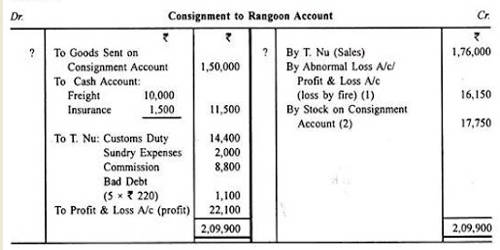Pretax Operating Income (PTOI) is the operating revenue before taxes for a company. This is an accounting term relating to the disparity between the net profits of a corporation (from its primary businesses) and its direct expenses (except taxes) related to those profits. The formula for pre-tax operating income is:
Pre-Tax Operating Income (PTOI) = Gross Revenue – Operating Expenses – Depreciation
Pretax operating income (PTOI) is the operating income generated by a company from its business activities before taxes are invoiced. It is a measure of the operating efficiency of a company because it only takes into account expenses directly associated with ongoing business operations. PTOI excludes non-operating varieties of revenue and non-recurring transactions like capital gains on assets and profits from unrelated investments in other companies; unless its main business is an investment in other companies. As an example, it excludes earned legal costs, investments, and leases, which are forms of non-core business profits.
PTOI does not include interest payments that are affected by the leverage decisions taken by the company nor does it include dividends or non-recurring products. And, in particular, it also excludes taxes which may differ with the capital structure of a company; even though such businesses have the same profits.
PTOI is one among the most effective barometers for the essential health of a business because it measures both the revenue and expenses related to the company’s primary business activities. Although taxes eventually have to be subtracted from this number, presenting the primary activities of the company on a pre-tax basis gives its shareholders, analysts, and decision-makers a better image of the productivity factors that the company can manage. Excluding taxes also helps to accurately compare the financial health of similar firms, as these firms that have different capital structures that cause different tax rates even though the firms have the same profits.
Actually, pre-tax operating income (PTOI) may be a non-GAAP measure, meaning that what’s included and excluded differs by company and industry. For this sense, the concept of a “high” or “low” pretax operating income should be made. The operating margin pre-tax, a measure of corporate profitability, is determined by dividing operating income pre-tax by a company’s generated revenue. This margin allows investors to grasp the true business costs of running a corporation. To calculate the after-tax operating income (ATOI), multiply the PTOI by one minus the company taxation on operational income.
Information Sources:
















